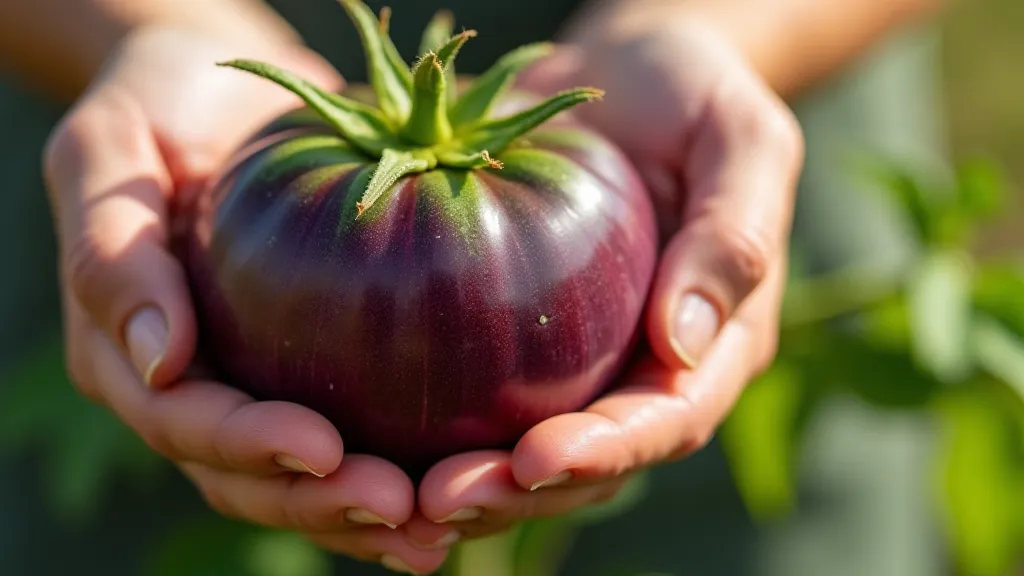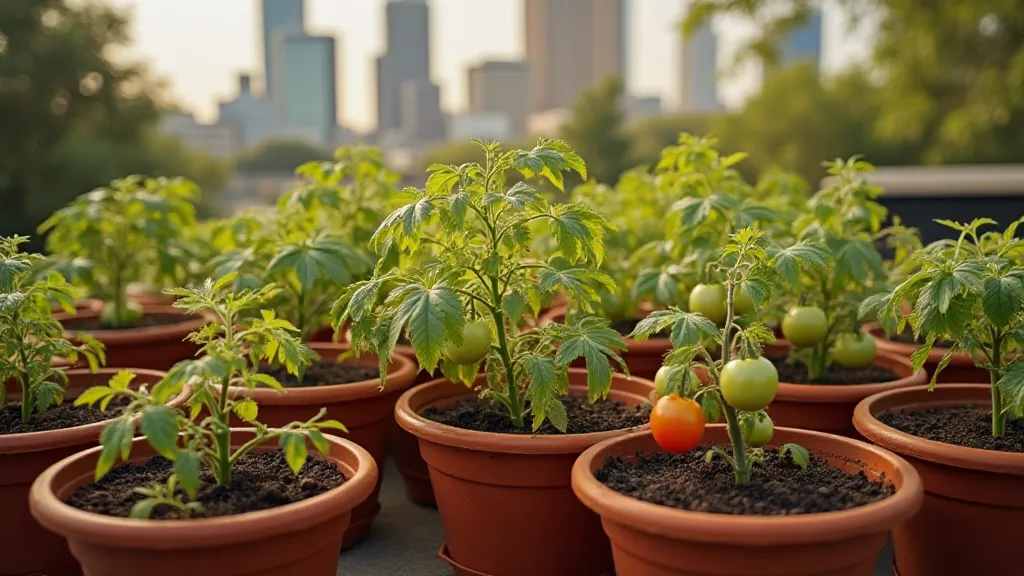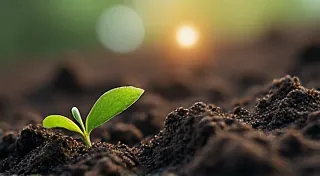A Symphony of Scents: Capturing the Aromatic Essence of Heirloom Tomatoes
There’s a peculiar comfort, a visceral connection, that settles over me when I’m surrounded by antique accordions. The aged wood, the patina of countless hands that have coaxed music from its bellows, the faint scent of leather and dust – it’s a tangible link to a past where craftsmanship and artistry were paramount. Similarly, growing heirloom tomatoes feels like this. It's a rediscovery of something vital, something lost in the homogenous landscape of modern agriculture. And it all begins with a scent – a surprisingly diverse and often overlooked facet of these extraordinary vegetables.
We’re accustomed to thinking about tomatoes in terms of their color, shape, and, of course, taste. But the aroma? It’s a revelation. While a supermarket tomato often offers a vaguely grassy or almost absent fragrance, a ripe heirloom – a Brandywine, a Cherokee Purple, a Black Krim – explodes with complexity. It’s not just one scent, but a chorus of them, a layered symphony that speaks volumes about the variety’s history and its unique genetic makeup.

The Fragrance as a Fingerprint: Understanding Tomato Aromatics
Just as each accordion possesses a distinct tonal character shaped by its construction and the luthier's hand, each heirloom tomato variety carries a unique aromatic profile. These aromas aren't just pleasant bonuses; they're indicative of the specific volatile compounds present, compounds that directly influence flavor. The intensity and complexity of the fragrance often correlate with the intensity and richness of the taste. A deeply aromatic tomato is likely to deliver a more nuanced and memorable flavor experience.
Think about it. Tomatoes produce a range of volatile organic compounds (VOCs) – esters, aldehydes, terpenes – during ripening. The ratio of these compounds differs drastically between heirloom varieties and modern hybrids. For example, a Black Krim, with its dusky purple hue and earthy flavor, frequently emits a smoky, almost musky fragrance. A Brandywine, cherished for its luscious sweetness, often displays a honeyed aroma. A Cherokee Purple might possess a hint of black pepper mingled with a ripe fruit scent. These aren't random occurrences; they’re the result of centuries of natural selection and careful preservation by generations of gardeners.
Container Gardening: Bringing the Symphony Home
The beauty of heirloom tomatoes lies in their adaptability. And thanks to the resurgence of container gardening, even those of us with limited space can cultivate this symphony of scents. The process mirrors, in a way, the meticulous care needed for an antique accordion; it demands patience, observation, and a genuine appreciation for the craft. Choosing the right container is paramount – larger is generally better, allowing for ample root development and reducing the risk of transplant shock. Well-draining potting mix, plenty of sunlight (at least 6 hours daily), and consistent watering are also crucial.
Starting from seed allows you to experience the entire lifecycle, from the initial sprouting to the final, fragrant harvest. However, starting with seedlings from a reputable nursery can be a more convenient option, particularly for beginners. When selecting seedlings, look for robust plants with healthy foliage and strong stems. And, if possible, gently inhale the scent – a subtle clue to the deliciousness that awaits.

A Historical Perspective: Preservation Through Flavor
Heirloom tomatoes aren't just delicious; they're living links to our agricultural past. These varieties have been passed down through generations, often saved from oblivion by family farmers and dedicated gardeners. They represent a resistance to the homogenization of our food system, a commitment to preserving biodiversity and celebrating regional culinary traditions. The preservation of these varieties isn’t merely about saving seeds; it’s about preserving stories, memories, and the very essence of our agricultural heritage.
Imagine the farmer who first saved the seeds of a Cherokee Purple, carefully selecting for flavor and resilience. Or the Italian grandmother who meticulously preserved her family's San Marzano tomato recipe, ensuring that its distinctive aroma and sweetness would endure. These acts of preservation, seemingly small in themselves, have had a profound impact on our culinary landscape.
The Craft of Restoration: Caring for Heirloom Tomatoes
Just as a skilled accordion repairman understands the nuances of bellows construction and reed tuning, the successful container gardener of heirloom tomatoes must develop a keen eye for observation and a willingness to adapt. Pests and diseases can be a challenge, but often, a healthy plant grown in well-draining soil is the best defense. Organic pest control methods, such as companion planting and introducing beneficial insects, are preferable to harsh chemicals.
Pruning, though often debated, can help to improve airflow and focus the plant's energy on fruit production. Regularly fertilizing with a balanced organic fertilizer will provide the necessary nutrients for healthy growth and abundant harvests. And, most importantly, take the time to savor the moment – to inhale the fragrant aroma of a ripening tomato, to appreciate the beauty of its color and shape, and to celebrate the rich history that it represents.

More Than Just a Tomato: A Sensory Experience
Ultimately, growing heirloom tomatoes in containers is about more than just producing food; it's about cultivating a sensory experience. It's about connecting with nature, celebrating craftsmanship, and honoring the traditions of those who came before us. It's about understanding that a tomato, like an antique accordion, is more than just the sum of its parts. It’s a story waiting to be savored, a fragrance to be inhaled, and a flavor to be remembered. And it all begins with that first, evocative scent – a symphony of aromas that speaks volumes about the beauty and resilience of these extraordinary heirloom varieties.





